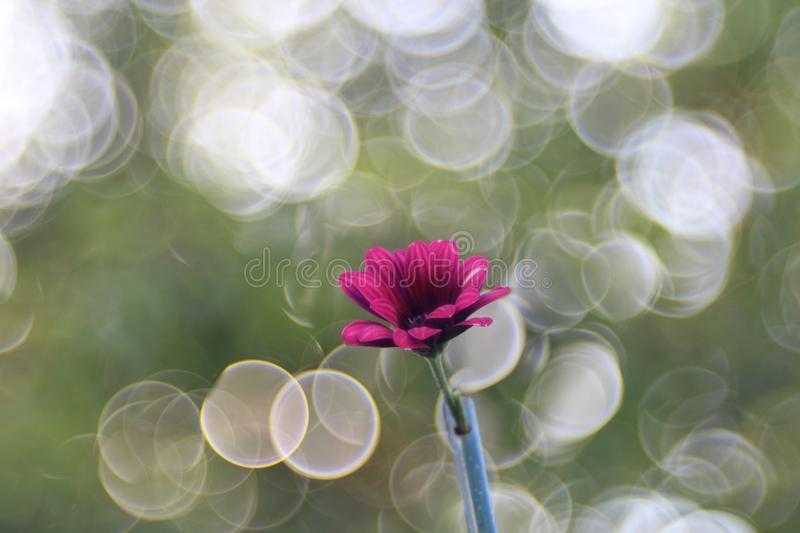In order to suggest lenses, we first have to identify what types of bokeh you are interested in, and which lenses exhibit those types of bokeh.
"Soap Bubble" bokeh
The first image is a very good example of so-called "soap bubble" bokeh, because, well, it looks a lot like soap bubbles floating around. There are two primary ways of creating soap bubble bokeh:
- Catadioptric (mirror) lenses: Mirror lenses are folded-optics lenses (i.e., like a very short telescope), relying on a secondary mirror directly in the optical path, that acts like a central obstruction in the aperture. This central obstruction results in bokeh with a pronounced soap-bubble-like appearance.
- Over-corrected spherical aberration: As xiota notes answering Besides mirror lenses, what can cause ring-shaped bokeh?, refractive (i.e., non-mirror) optics that over-correct for spherical aberration also produce soap bubble bokeh.
Personally, I prefer the soap bubbles bokeh from refractive lenses over the bokeh from reflective (mirror) lenses. This is not to say that mirror lens bokeh is inherently worse; rather, mirror lenses tend to be rather inexpensive, so on the whole, I find the overall consistency of the mirror lens bokeh to be lower than the typical refractive optics lens, even for inexpensive ones (that produce soap bubble bokeh).
"Swirly" bokeh
The second image demonstrates "swirly" bokeh, caused by a lens that is uncorrected (or at least under-corrected) for Petzval field curvature. See also: What swirly bokeh technique is this and how can I achieve it?
Petzval-style lenses were fashionable recently in the 2000's and early 2010's. Several crowdfunding projects were producing such lenses, probably most famously the Lomography Petzval 85mm lens. In my opinion, it became an overused fad on Instagram and other photo-sharing social media, such that it suffered from fashion burnout.
Custom (add-on) bokeh
Using cut-out shapes applied to the front of your lens, you can create any sort of custom bokeh shape you want. See: the accepted answer to What is the cause of this non-uniform bokeh effect?, and also, How do I avoid vignetting when shooting through a cut-out for shaped bokeh?
Lenses for Nikons to produce these bokeh
Now, to the question you asked. Unfortunately, in the 35mm camera world, Nikon's F-mount is one of the least-adaptable formats. If camera mounts were blood donors, the Nikon F-mount is the type O(-) "universal donor": most other 35mm camera brands can be adapted to use Nikon lenses, but few lenses for other 35mm format bodies can be easily adapted to Nikon bodies.
However, two of the most interesting lenses regarding bokeh are actually Nikkor lenses – the DC (Defocus Control, literally a transliteration of 'bokeh control' from Nikon) lenses: the AF DC-Nikkor 105mm ƒ/2D and AF DC-Nikkor 135mm ƒ/2D. These lenses have a "defocus control" ring to adjustably change the front- or rear- spherical aberration compensation, resulting in either strong-edged soap bubble–like bokeh, or soft apodized-like bokeh.



